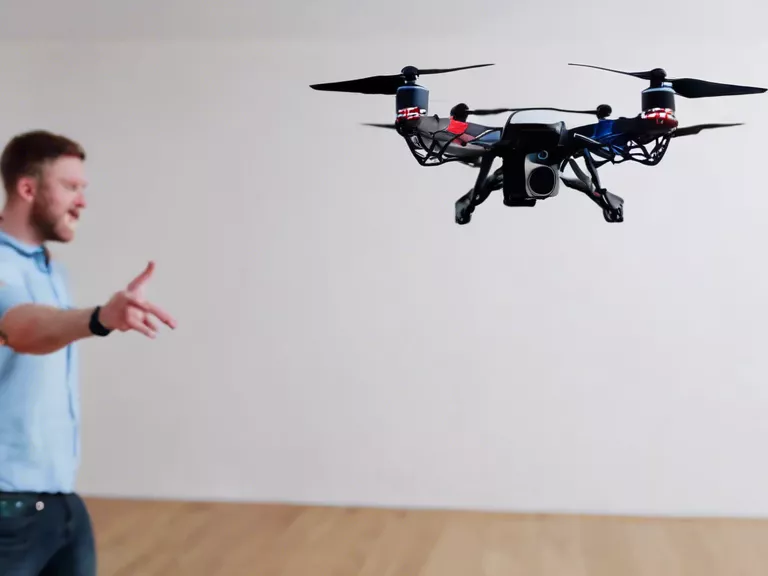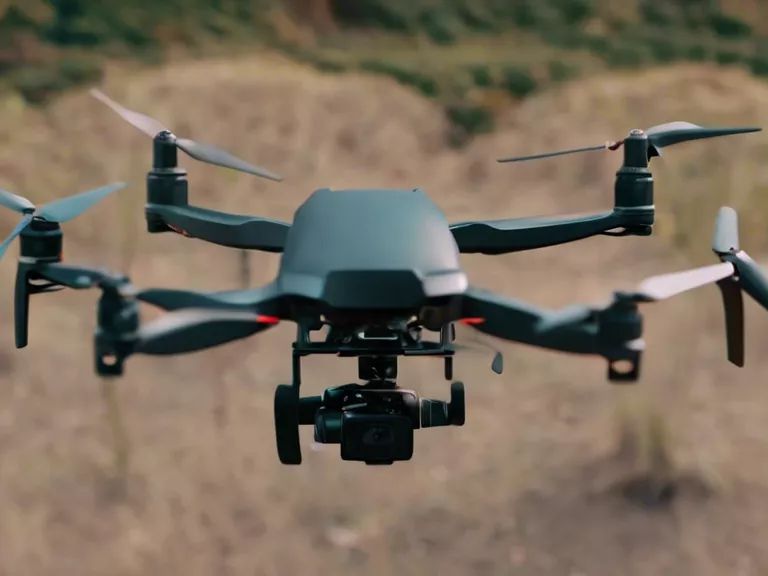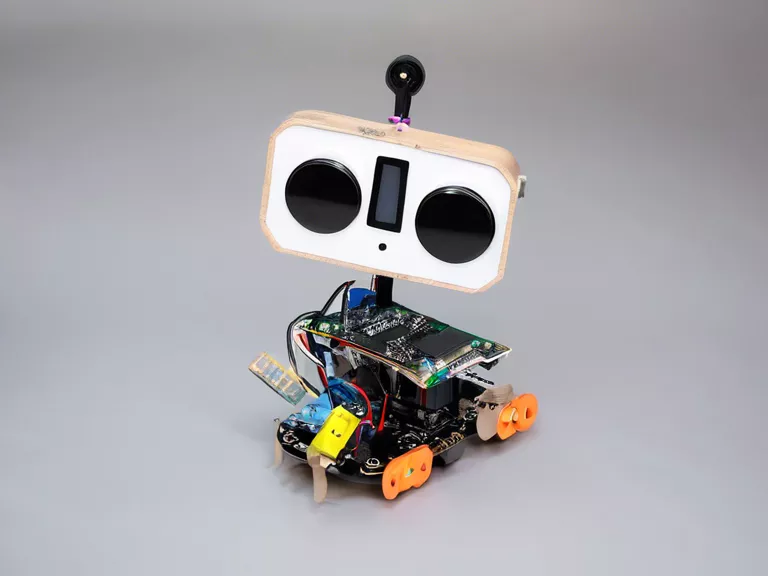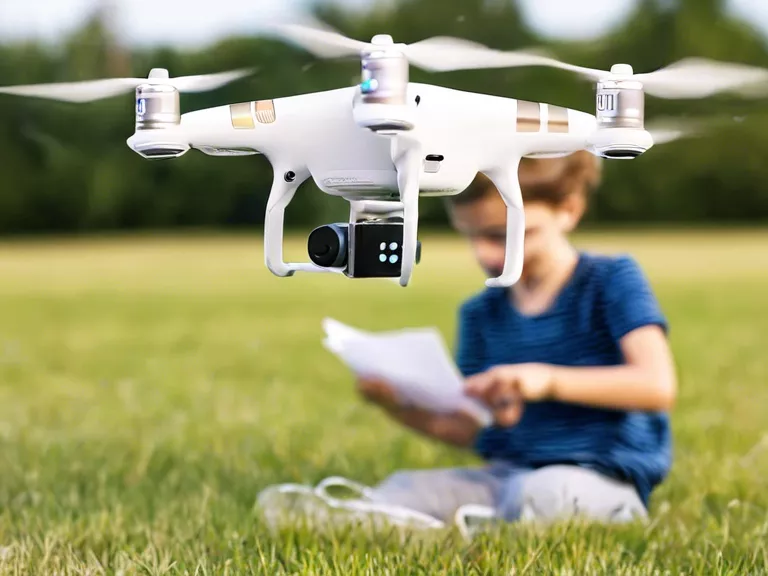
How to Fly Your Drone Indoors Without Crashing Into Obstacles
Flying a drone indoors can be a fun and challenging experience, but it also comes with the risk of crashing into obstacles. However, with the right techniques and precautions, you can safely navigate your drone through indoor spaces without any mishaps. Follow these tips to fly your drone indoors like a pro and avoid any accidents.
1. Start Small and Practice
Before attempting any complicated maneuvers indoors, practice flying your drone in a safe and open space. Get comfortable with the controls and familiarize yourself with how the drone responds to your commands. Start with simple movements like hovering and flying in straight lines before moving on to more complex flying techniques.
2. Use Altitude Hold Mode
Many drones come equipped with an altitude hold mode, which helps the drone maintain a steady altitude without any input from the pilot. This feature can be especially useful when flying indoors, where obstacles are closer and maneuvering can be more challenging. Use altitude hold mode to keep your drone at a consistent height and focus on navigating around obstacles.
3. Fly Slowly and Carefully
When flying indoors, it's important to take things slow and be extra cautious. Avoid sudden movements or rapid changes in direction, as these can easily lead to collisions with walls, furniture, or other obstacles. Fly your drone at a slow and steady pace, carefully navigating around any potential hazards in your flight path.
4. Use Obstacle Avoidance Sensors
If your drone is equipped with obstacle avoidance sensors, make sure to activate them before flying indoors. These sensors can help detect and avoid obstacles in the drone's path, reducing the risk of collisions. However, keep in mind that these sensors may not be foolproof, so it's still important to fly with caution and be aware of your surroundings.
5. Plan Your Flight Path
Before taking off, plan out your flight path and identify any potential obstacles or hazards in the area. Avoid flying near delicate objects, glass windows, or other breakable items that could be damaged in a collision. By mapping out your route in advance, you can navigate your drone through indoor spaces more safely and confidently.
By following these tips and practicing regularly, you can fly your drone indoors without crashing into obstacles and enjoy a smooth and controlled flight experience.



